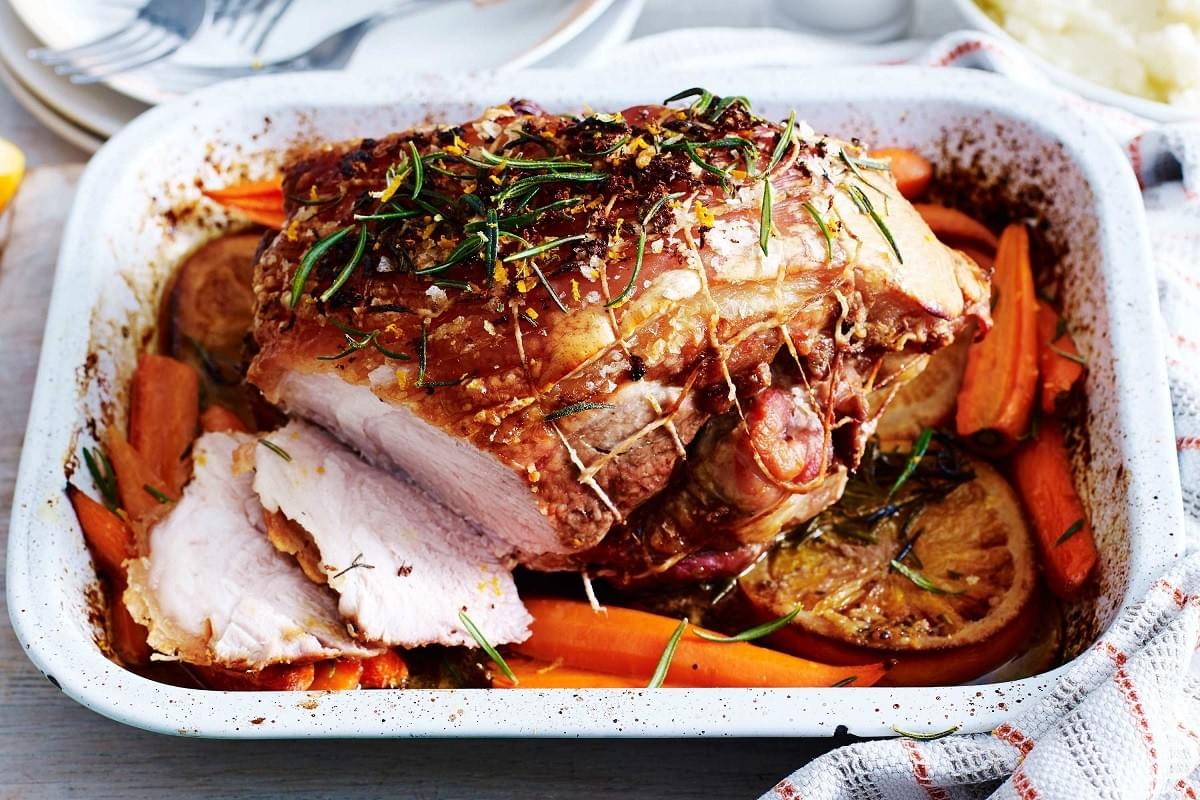
When cooking a recipe, it’s important to adjust the cookingtimes and temperatures as necessary to ensure that your food turns out exactly how you want it. This can be a challenging task for some, but with practice, you’ll learn how to work with different temperature and heat sources. It’s a great way to challenge yourself and improve your cooking skills. You can improve your cooking skills by exploring more tips from Fooooods.com.
Temperature
Temperature is a measurement of the average kinetic energyof molecules in a substance, measured in units called Kelvin or degrees Celsius. When it comes to cooking, the temperature of a food can affect how long it takes to cook.
In order to make sure that your dishes don’t overcook orburn, it’s important to adjust your cooking temperatures accordingly. There are several ways that you can do this, but it all depends on the recipe and the dish itself.
The temperature of a food can also impact how fast it cooks.For example, higher temperatures tend to cook foods faster than lower ones.
When you want to know how long it will take to cooksomething at a different temperature, simply divide the original cooking time by the new one. If you need to go from 350 degrees to 450 degrees, then you would use 30 minutes at 350 and 23 minutes at 450.
Pressure
When preparing a full meal, you’ll almost always haveingredients that require different cook times. That’s why it’s important to follow a couple of simple steps when using your pressure cooker:
First, find out what the cooking time is for the recipeyou’re adapting. Ideally, you’ll be able to use the same timings as the original recipe.
However, if that’s not the case, use this online chart orLorna Sass’ book Pressure Perfect to determine the correct cooking time.
Then, adjust the cooking time based on oven temperature.Higher temperatures tend to cook food faster than lower temperatures. This can be especially important when cooking foods that aren’t normally cooked in the oven, such as a vegetable or chicken.
Other Variables
Aside from time and temperature, other variables are alsoworth a closer look. The biggest question is how to adjust these variables in the cooking process in order to produce tasty dishes while reducing your carbon footprint in the kitchen.
The best way to do this is to use a good oven thermometer aswell as some common sense and a little bit of trial and error. The key is to find out what temperatures work best for the particular dish you are preparing,
and sticking with it. While this method isn’t always foolproof, it does ensure that your food will turn out as intended. Other variables that might be worth your while looking into include the type of oven you are using, as well as whether you are cooking meat or vegetables. The best results will come if you have a good understanding of the optimum cooking temperatures for the different foods you plan on making, as this will make the entire process much easier to understand and follow.